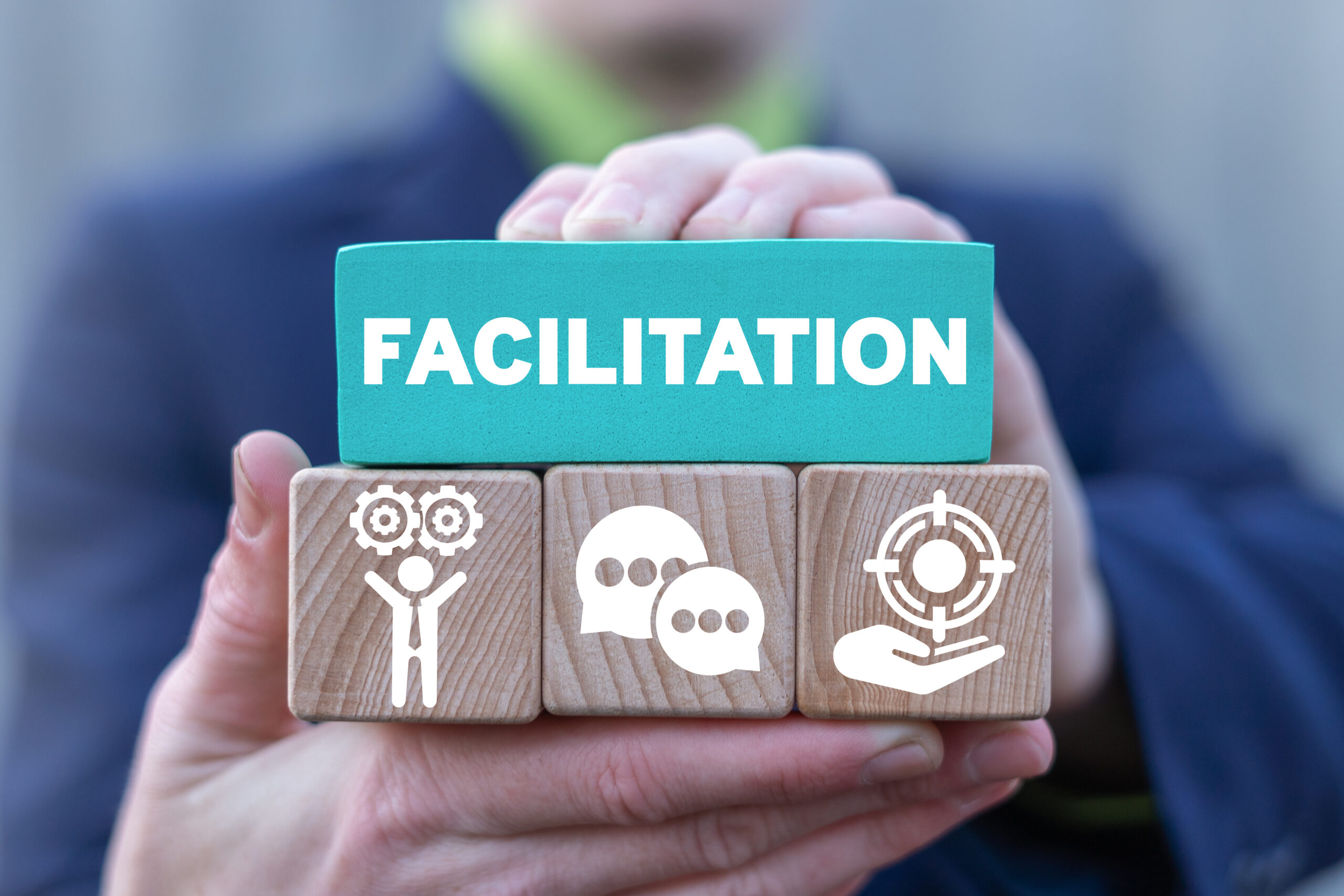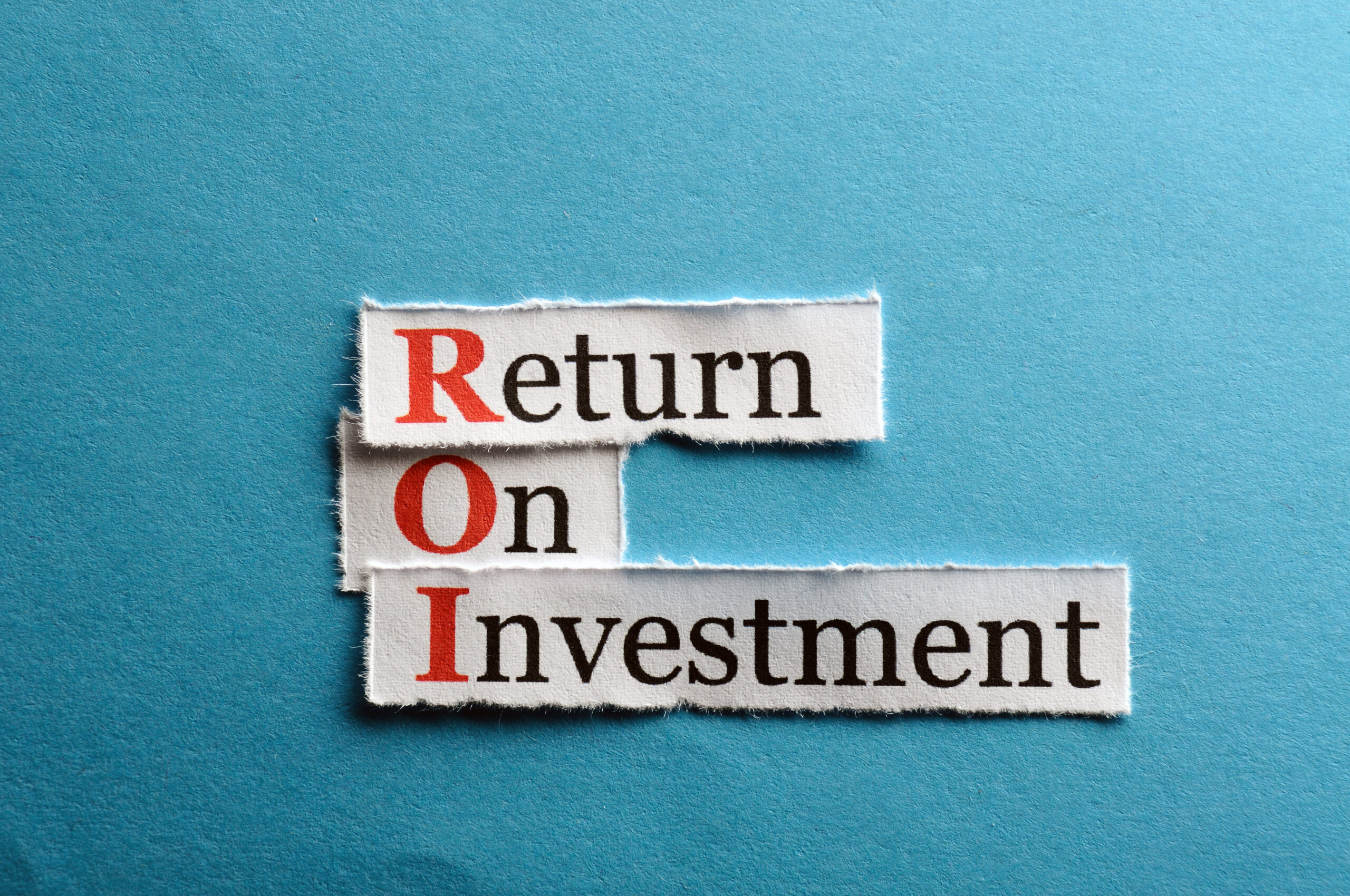Nordic research is paving the way for the future of work, Kirsi Nuotto outlines the work of her company the VTT Technical Research Centre of Finland
Despite what we’ve learned during the pandemic – that work-life balance and flexible remote work opportunities benefit employees and their organisations greatly, many work cultures still tend to favour the Grind. High demands, long work hours, and minimal vacations. After all, that is the price of competitiveness, innovation and success in the modern world.
But does it have to be?
Finland has been famously named the happiest country in the world for the fifth consecutive year. And it’s not the on-top-of-the-world, giddy type of happiness, but more like the steady flow of everyday life where you know institutional structures are there to catch you should things get rough. Even before the pandemic, we were a world leader in flexible work.
Simply put, we’ve had to orient work cultures to be more employee-centric quite early on. After all, to retain the position of being one of the most innovative nations in the world, we have to be able to compete for the best talent in the world. That is competition that goes beyond compensation through salary.
To retain the position of being one of the most innovative nations in the world, we have to be able to compete for the best talent in the world
But even Finland has had to work hard to fight the same workplace issues as other countries during COVID-19. Here’s an example: at the beginning of the pandemic, we conducted an internal survey and discovered problems with workload and fatigue from back-to-back online meetings, burnout and lack of focus. Pre-pandemic, we had already begun a wide strategic programme with the aim to build the world’s most meaningful place to work, so it was natural for us to begin to solve these issues within that framework.
Experiments, successes and some learnings
Developing the work and work culture is no simple task. After all with 2,100 employees representing 50 nationalities – all with their own individual needs, preferences and styles of working. Their disciplines range from quantum computing and nuclear technology to novel food innovation and new, sustainable materials.
No matter how much you read up on the latest trends of workplace culture development, you are in the dark when you start doing new things. So, to steer the company culture towards our target and to address the identified challenges, we began to experiment with strategic and targeted solutions to see which ones would best support the work of our experts and enable high performance of our teams.
There were five focus areas for the experiments: leadership, technology and digital solutions, ways of working, learning, and wellbeing.
The most successful one was the offline hour when all employees are unreachable via online channels to let everyone focus on work without interruptions. Almost 70% scored the concept very high. We also tried 45-minute meetings to break the cycle of jumping from one call to another and giving people a chance to reset and stay focused. Almost 60% enjoyed this experiment.
We also tried walking meetings. Instead of sitting in a meeting room, we encouraged people to leave their computers and have meetings while walking in nature or wherever they preferred. Sitting at a desk for hours, at home or at the office, can be detrimental physically and mentally. The walking meetings were considered by employees to be one of the most useful experiments.
We also had some learnings through less successful experiments – it is important to drop the early experiments that don’t take off. As a result of the work done in the programme, ten experiments have become a permanent part of our workdays.
Change is always a challenge, and you cannot create new culture overnight. Even the most popular concepts require time to become part of the routine at any workplace. It’s important to not be too attached to some specific idea of how an experiment should be used by people – this is why we encourage employees to apply them in their own way.
As we’ve moved onto an era of hybrid work, we will continue to develop our ways of working with the help of experiments and measure their results. If revamping your own workplace’s culture in this way seems daunting, my advice is to try it anyway. Change requires courage, it needs clear leadership and structure, and, of course, support from an open-minded organisation.
Kirsi Nuotto is the SVP of Human Resources at VTT Research Centre of Finland.



